
During the construction of this all-terrain vehicle, the author tried to arrange all the elements and details in such a way that all nodes of the all-terrain vehicle were easily accessible for maintenance or replacement. And so it happened, though I had to sacrifice balancing and most of the weight fell on the front axle of the all-terrain vehicle.
To build this all-terrain vehicle, the author used the following components:
1) Engine IM3
2) rear axles from Oise with self-locking from armored personnel carriers
3) gearbox from Oise
4) turbine t 40
5) Wheels from Zil 1060 to 600
6) wheels from Oise
7) the steering knuckle from Oise
Consider in more detail the basic elements of the design of the all-terrain vehicle.
The gearbox from Oise was connected without a transfer case; instead, a home-made reversible gearbox with a reduction of one to three was connected to it. Further, the author planned to install a transfer case from gas-69, but unfortunately could not be found, so a chain drive was used. Thus, transmission is going on through the driveshaft to the rear axle, and on the rear axle of the all-terrain vehicle there is a home-made disconnection of the rear axle. A turbine from the T40 with shutdown was also installed.
Wheels from Oise were modified specifically for Zila tires, the assembled weight is about 50 kilograms per wheel. Himself all-terrain vehicle weighs about 700 kilograms.

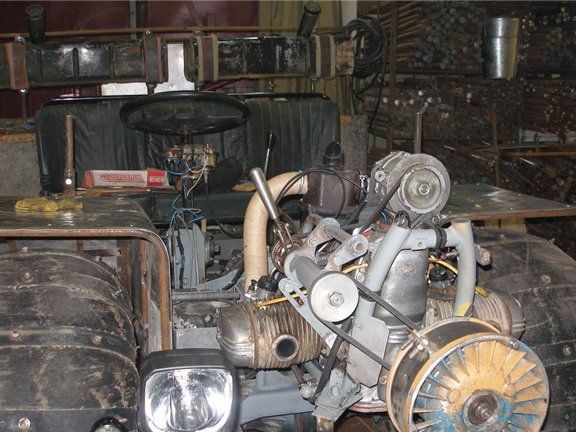
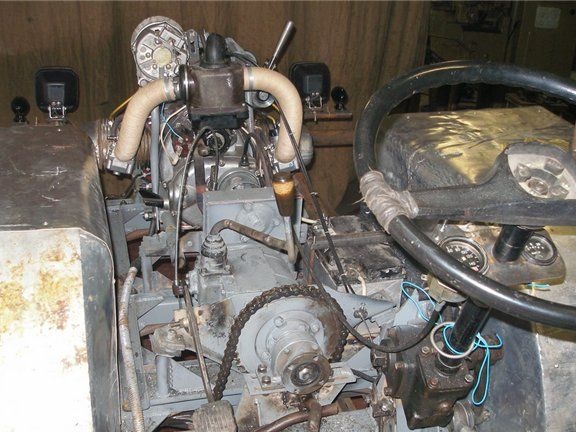
To create a knot for breaking the frames of an all-terrain vehicle, a standard scheme with a turning fist from Oise was already used. When assembled, the unit weighs about 40 kilograms.
The author worked on grinding rubber for a month, the reason for the choice is due to the banal availability in the author's area. In the future, if possible, it will be replaced by an articulation or a trackball.
The thickness of the tires was about 4 mm in the thinnest place. For stripping, a crane beam was used, with which pieces and parts of an unnecessary tire were pulled up and removed.
The disks were slightly modified: half an inch on the pipe and rings, were expanded and fixed by welding.
After assembling the main parts of the transmission, the author proceeded to work on the casing of the all-terrain vehicle and minor upgrades.
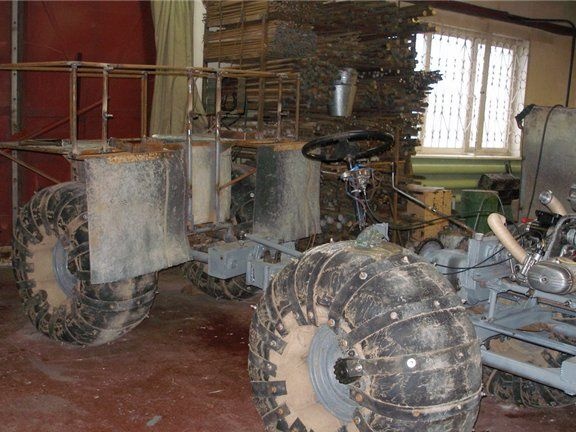
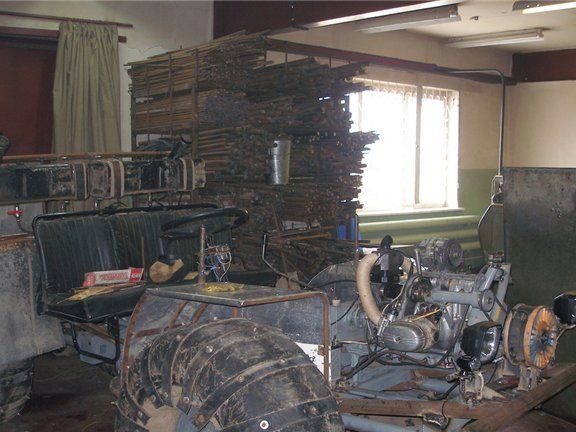
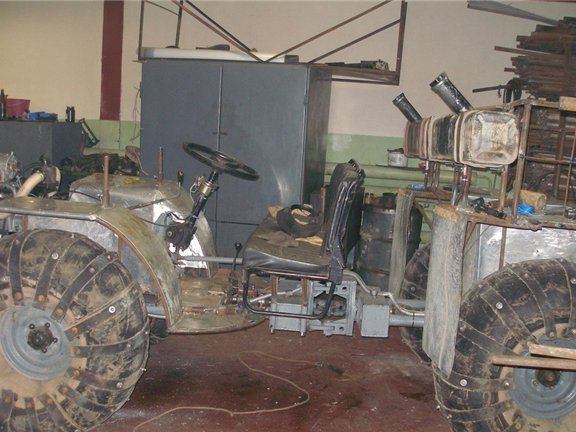
Then the author proceeded to test the all-terrain vehicle. The first thing the author encountered and probably the most difficult thing for an all-terrain vehicle was overcoming such mud pits. In such a pit, an all-terrain vehicle lacks cross-country ability, all because the center of mass of the all-terrain vehicle is shifted more to the front axle and the car is buried in a puddle. Therefore, the author will look for ways to unload the front frame of the all-terrain vehicle. Such errors are very clearly visible when undergoing water tests, in which the all-terrain vehicle should be immersed in half of the driving wheels and one third of the driven, as this is the best option for a pneumatic all-terrain vehicle with an incomplete drive. However, too lightweight the front frame is also not worth it, as this will greatly affect traction.
Still, the car needs a more powerful rubber, the Zilosky has too small a diameter and a disproportionate width. In addition, there are no lugs, which reduces cross-country ability. Perhaps before changing the rubber, the author will make V-belts or chains on the wheels of an all-terrain vehicle.
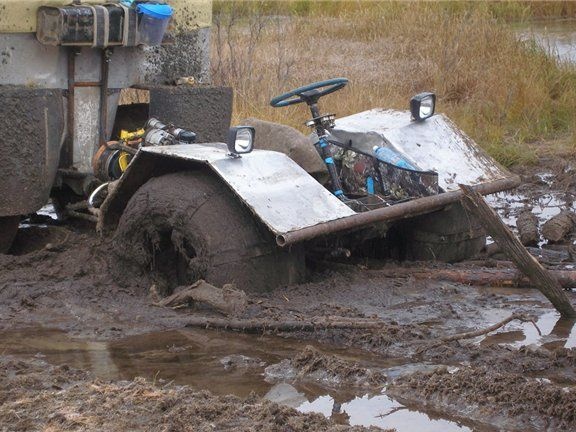
After conducting tests and trips on this all-terrain vehicle, the author was left with only positive impressions. Management of the all-terrain vehicle is very easy and does not require the efforts of the driver. With second gear installed on the engine and fourth on the gearbox from the UAZ, the engine runs just above idle at half the gas. the same all-terrain vehicle with a similar approach develops a speed of about 30 kilometers per hour and more stable. Passing in first and second gears is very good, on any rough terrain does not experience problems. The only car is experiencing problems in the mud, but not much in the area of the author.
Both shafts were mounted in pipe f 108, the length of each shaft was about 200 mm. Between the shafts there is a double cross from Oise. It turned out approximately 30 centimeters high at the junction of the fingers. The thickness of the metal used is 1.6 centimeters which were reinforced with bronze bushings. Handkerchiefs 8 mm thick. F-30 fingers. Two tanks, which combine everything together with a thickness of 2.5 mm and are reinforced from the inside with a round part.
The author of the all-terrain vehicle with the nickname "Anatole" on the site of the from Yakutia.
